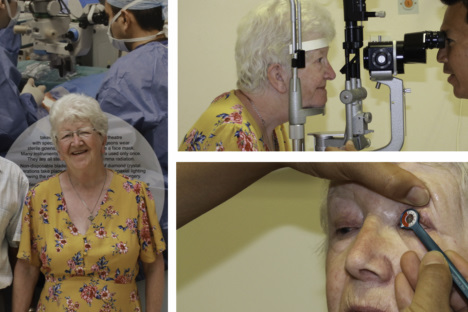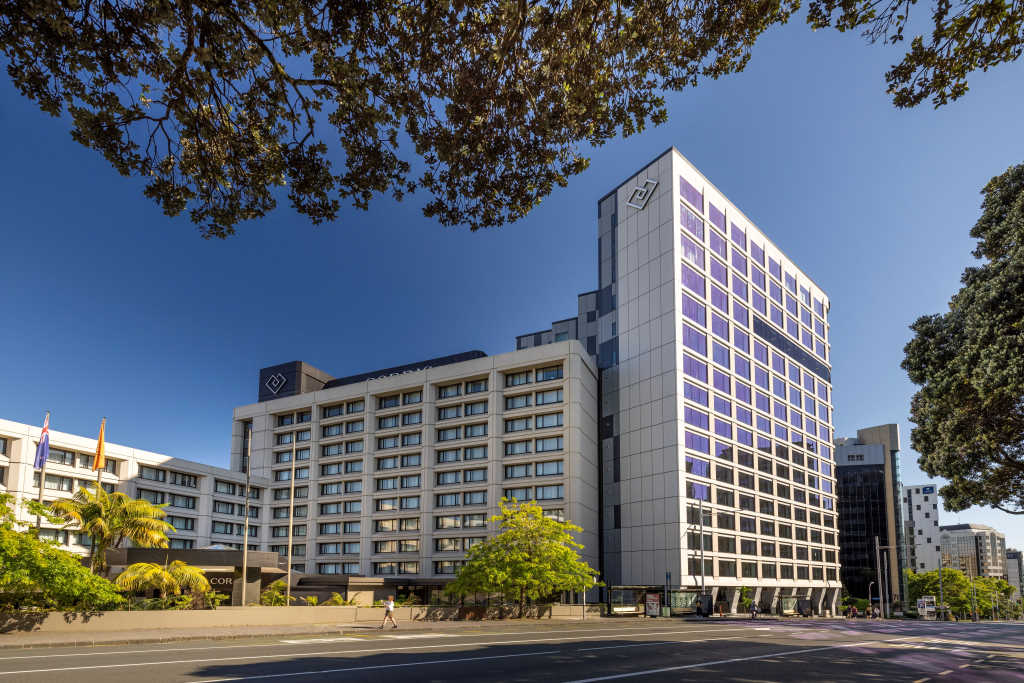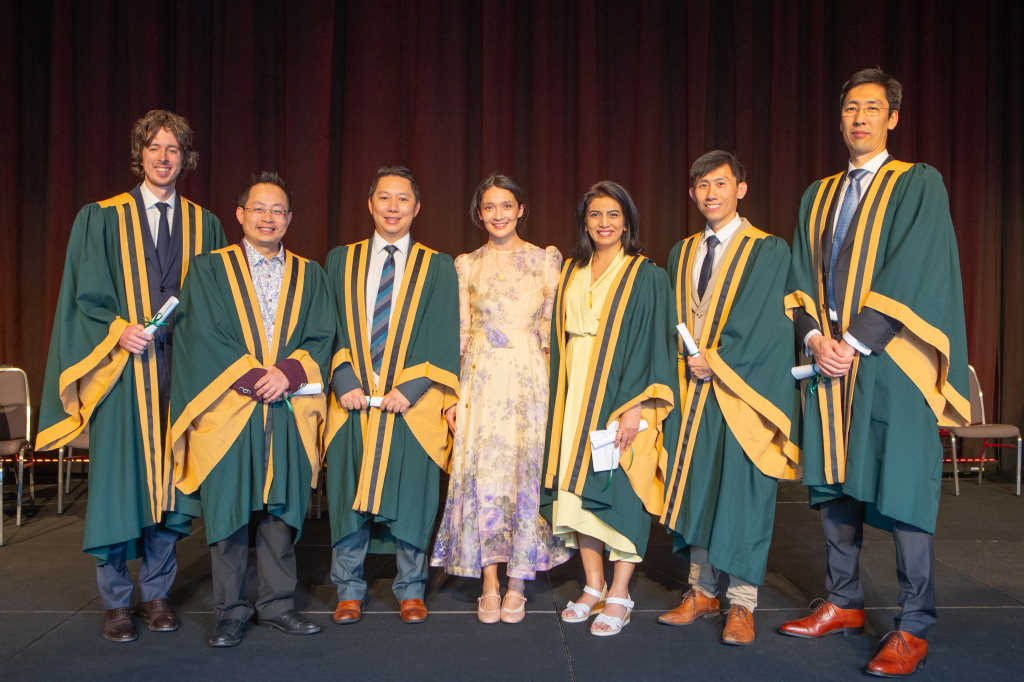Post-op adjustable GDD
Three patients at Manchester Royal Eye Hospital (MREH) are the first in the UK to test a new fully-adjustable surgical implant to drain excess eye fluid caused by glaucoma.
The new eyeWatch device is the first-ever glaucoma device that allows post-operative flow adjustment in clinic. This innovative mechanism reduces the risk of under and over-drainage that can occur with current drainage devices, hence reducing potential side effects or the need for further surgery.
Manufactured by Rheon Medical, the eyeWatch device consists of an implant which is inserted through the skin at the front of the eye and into the white and is completely covered to stay out of sight. It is connected to a drainage tube which filters excess fluid into the back of the eye where it is reabsorbed. The innovative element is the built-in magnetically controlled flow mechanism that allows the surgeon to open or close the device, based on the eye pressure, using a special magnetic pen.
Usually glaucoma is treated with daily eye drops, but this controls rather than cures the condition. The use of glaucoma drainage devices (GDDs) reduces intraocular fluid pressure by providing an artificial drainage pathway from the eye.
Mr Leon Au, consultant ophthalmic surgeon at MREH, is leading the Manchester arm of the eyeWatch study, which also involves patients in London and Switzerland. He says, “Using the eyeWatch magnetic pen, we can easily change the opening and closing of the drainage device without any additional invasive surgery, until the eye pressure stabilises. This is usually around three months after surgery, at which point the rate of fluid flowing through the drain can be fixed, as it would be with any other GDD.”
“We have been involved in the research of many novel fixed flow devices especially for the treatment of mild and moderate glaucoma. However, with the eyeWatch I’m excited to see for the first time a drainage device that is easy to adjust and aims to tackle advanced glaucoma.”
The 18 month study will test the contribution that eyeWatch makes in the treatment of advanced glaucoma which has not responded to previous surgery. Patients will be checked regularly in the days after their surgery and then followed up after six and 12 months.



























